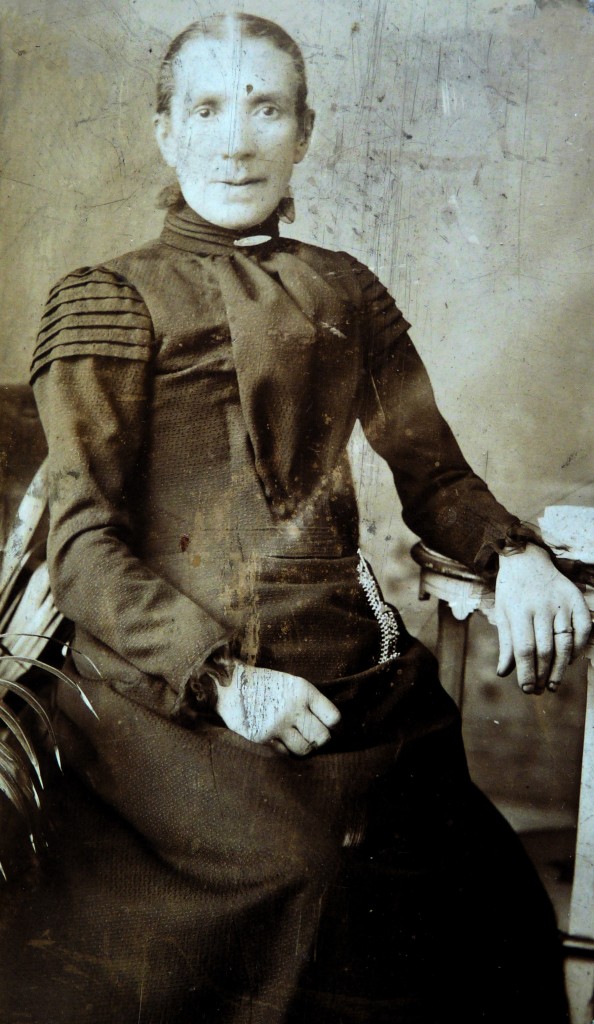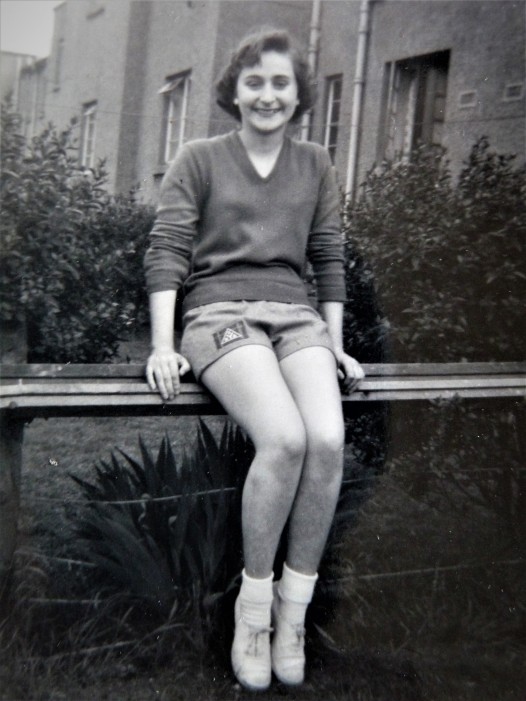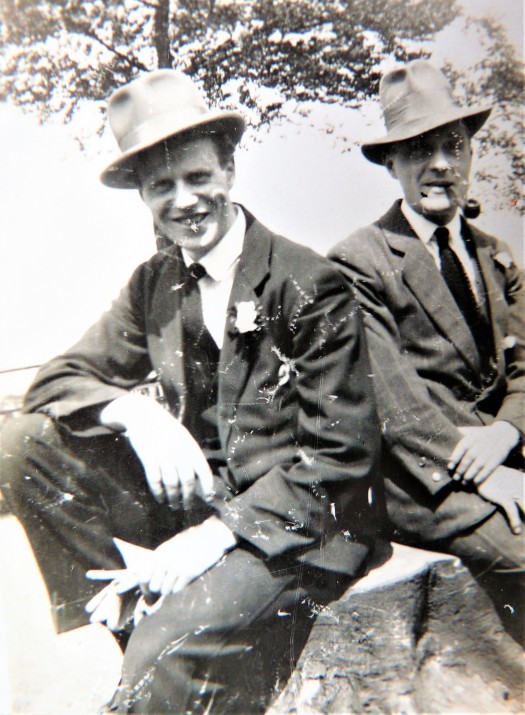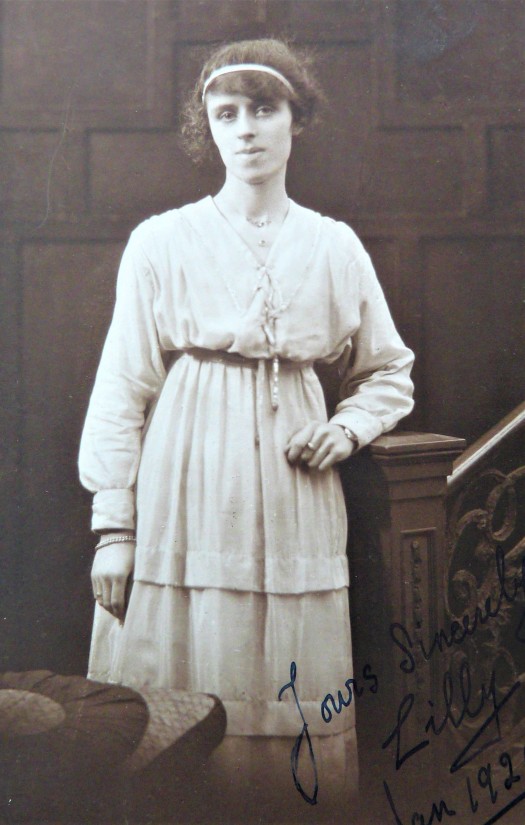In amongst all the photographs of my Scottish relatives there are several ones taken of children that no-one in my family can now identify. Mostly they are just assumed to be ones of long-forgotten family friends or long-dead distant cousins, and often there is nothing remarkable about them. They are taken in anodyne studios with the young sitters in their Sunday best clothes, their hair brushed and faces scrubbed. The only thing that gives anything away about the time and place is the manner of their dress and hairstyles or the name of the studio. I have filed these images away in a separate folder, knowing that their identity will probably always remain anonymous.
Every so often I look through them again, thinking that I may suddenly recognise something in their immature features that reminds me of another relative or a grown up version of themselves. Sometimes my mother will find it easier to put a name to a face than at other times, a process that has nothing to do with her mental faculties but seems to be dependent on what other images we looked at previously and who we were talking about. So I live in hope that the unidentified children in my photographs will one day become someone one of us once knew, and make occasional attempts to slot them in to the family history. I quite like this game of ‘playing detective’ as it reminds me of those convoluted crime-noir dramas where innocent photographs suddenly reveal something startling to the protagonists and the dramatic arc of the story pivots on one tiny clue hidden in the image.
Read more of this post at my new family history blog: A Scottish Family Album.
The Incidental Genealogist, April 2024
P.S. Due to current writing and study commitments, I will be posting every quarter instead of monthly from now on.










